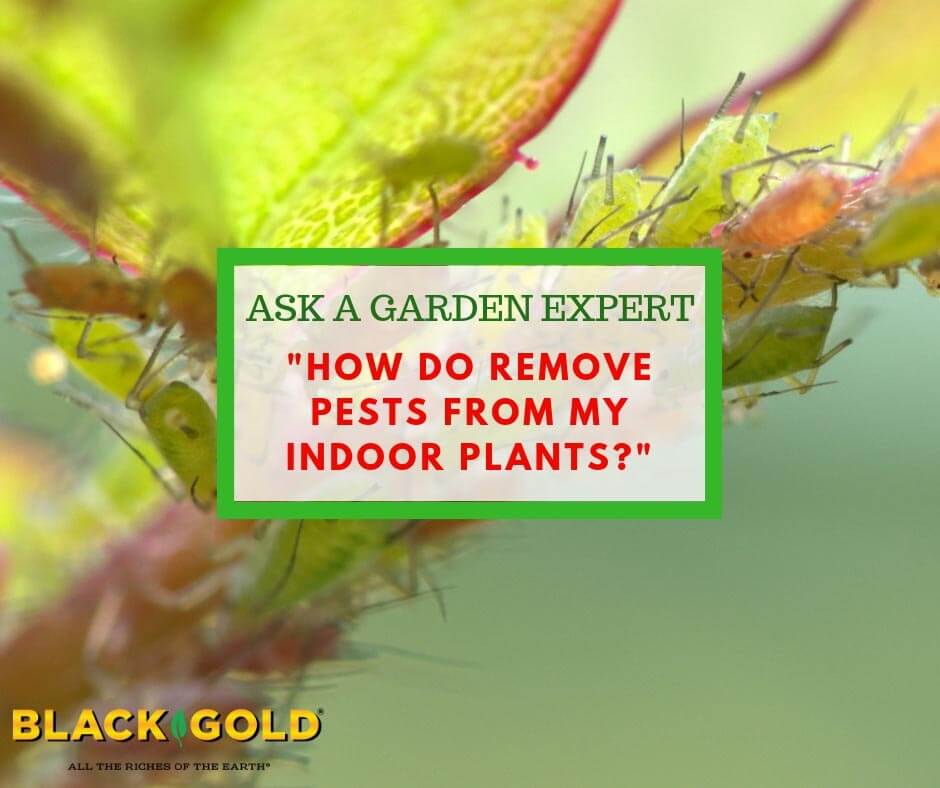
“What is best to use to be on the offensive and keep pests from coming into your garden?” Question from Marilyn of Roseburg, Oregon
Answer: You cannot keep pests from visiting, especially if you are growing their favorite foods. But, cleanliness, monitoring, and planting robust pest-resistant varieties are three excellent tools for keeping pests at bay. Planning ahead for potential pests is another tactic. Let me flesh out these tips a bit more.
Give Good Plants a Good Head Start
Stressed plants emit hormones that attract potential pests, so keeping plants happy and healthy is important. When choosing vegetable starts at your local nursery, select disease and pest-resistant varieties, pick large plants with no leaf damage, and avoid highly root-bound plants. (Bound roots have a dense, interwoven network of roots with little potting mix. Gently lift plants from their pots to see the roots.) Bound root systems must be cut and separated at planting time, which puts undue stress on transplants.
Choose (or raise) the healthiest plants you can. Large, robust seedlings have a greater chance of resisting pests and diseases and producing high yields. If growing plants from seed, be sure to give your seedlings plenty of light and room to develop stout, dense growth, and ample root systems. Planting one seedling per pot will help avoid competition. Fertilize starts lightly, so they are as strong at planting time. (Click here for seed starting tips.)
Keep Plants and Beds Clean
A clean, weed-free garden with open spaces between plants yields better fruit by increasing light exposure and airflow. Under clean, open conditions, pests and diseases are slower to take hold and easier to manage. Walkways covered with straw, leaf mulch, or compost also make is nicer and easier to walk through the garden and care for plants in all weather.
Keep plants clean! Bushy veggies, such as tomatoes, peppers, and eggplant, are especially important to clean and prune to minimize the spread of disease and pests. (Click here to learn how to prune tomatoes.) Remove dying, diseased, or infested leaves and stems or any unwieldy branches that inhibit airflow and light where it needs to reach. When pruning, clean your pruners from one plant to the next by dipping them in a 10% bleach solution to reduce the chances of any cross-contamination of potential diseases. At the end of the season, remove all garden litter and plant material from the garden soil that may harbor overwintering pests and diseases.
Plan For Pests You’ve Experienced Before
If your cabbages have had cabbage loopers or your petunias have had budworms in the past, expect them to return. Apply pre-emptive applications of OMRI Listed BT to stop them in their tracks. By learning the life cycles of different pests that have plagued your garden in the past, you can plan precise strikes with the correct pesticides. (Reach out to the Oregon State Extension Service for more information and to take advantage of their many online resources for Oregon vegetable gardeners.)
Happy gardening,
Jessie Keith
Black Gold Horticulturist
